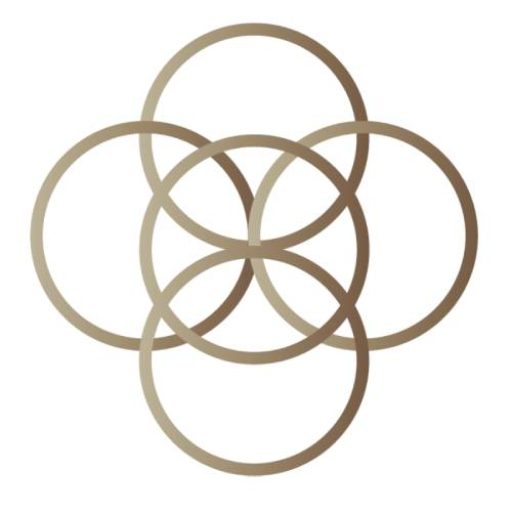Take Care of Yourself...
Where the Art & Science of Massage Restore Balance

The Benefits of Cupping Therapy: Ancient Healing for Modern Wellness
Cupping therapy, an ancient healing practice that dates back thousands of years, has gained renewed popularity in recent times. This alternative therapy involves placing cups on the skin to create suction, which is believed to stimulate blood flow and promote healing. While cupping has been met with skepticism and enthusiasm, many have experienced its benefits firsthand. In this article, we will explore the advantages of cupping therapy, its disadvantages, and how it can help improve your overall well-being.
Benefits of Cupping Therapy
1. Pain Relief:
One of the most widely recognized benefits of cupping therapy is its ability to alleviate pain. By increasing blood circulation to the affected area, cupping can help reduce muscle tension, making it an effective treatment for conditions such as back pain, neck pain, and headaches. Athletes often turn to cupping to relieve muscle soreness and improve their performance.
2. Stress Reduction:
Cupping therapy is not just about physical health; it can also have a positive impact on mental well-being. The relaxation induced by cupping can help reduce stress and anxiety. As the cups create a vacuum on the skin, they stimulate the parasympathetic nervous system, promoting a state of calm and tranquility.
3. Detoxification:
Proponents of cupping therapy claim that it can aid in removing toxins and waste products from the body. The suction the cups create is believed to draw impurities to the surface, making them more accessible for the body to eliminate. While scientific evidence is limited, many people feel revitalized and cleansed after a cupping session.
4. Improved Blood Circulation:
Cupping therapy increases blood flow to the treated areas, which can help heal injuries and muscle recovery. Improved circulation also supports the body’s natural healing processes, delivering essential nutrients and oxygen to damaged tissues.
5. Enhanced Immune Function:
Some studies suggest that cupping therapy may have a positive impact on the immune system. By promoting better circulation and reducing inflammation, cupping can help the body defend against illnesses and recover more quickly from infections.
6. Skin Health:
Cupping can also benefit the skin. It is believed to stimulate collagen production, leading to improved skin tone and a reduction in the appearance of fine lines and wrinkles. Additionally, it can help alleviate skin conditions such as eczema and acne.
Disadvantages of Cupping Therapy
1. Bruising and Skin Irritation:
Cupping therapy often leaves circular bruises on the skin, lasting several days. Some people find these marks unsightly and may be uncomfortable with their appearance.
2. Pain or Discomfort:
While cupping therapy is generally considered safe, some individuals may experience discomfort during or after the procedure, particularly if the cups are placed on sensitive body areas. It’s essential to communicate with your practitioner about any discomfort you may be feeling.
3. Risk of Infection:
To ensure the safety of cupping therapy, it is crucial to use clean and sterile equipment. There is a slight risk of infection if proper hygiene is not maintained. Always seek out a licensed and experienced practitioner to minimize this risk.
4. Lack of Scientific Evidence:
While cupping therapy has been used for centuries, there is still limited scientific research to support many of its claimed benefits. More rigorous studies are needed to establish its effectiveness and mechanisms of action.
How Cupping Therapy Can Help You
Cupping therapy is a versatile healing practice that can relieve various physical and mental health issues. If you’re considering trying cupping, it’s essential to consult with a qualified practitioner who can assess your specific needs and concerns. The therapist can then tailor the treatment to address your individual health goals.
In conclusion, cupping therapy offers several potential benefits, including pain relief, stress reduction, improved blood circulation, and enhanced immune function. However, it is essential to be aware of the possible disadvantages, such as bruising and the need for sterile equipment. Whether you’re looking for an alternative way to manage pain or seeking relaxation and stress relief, cupping therapy might be a valuable addition to your wellness routine. Always consult with a healthcare professional before starting any new therapy to ensure it is suitable for your specific needs.
